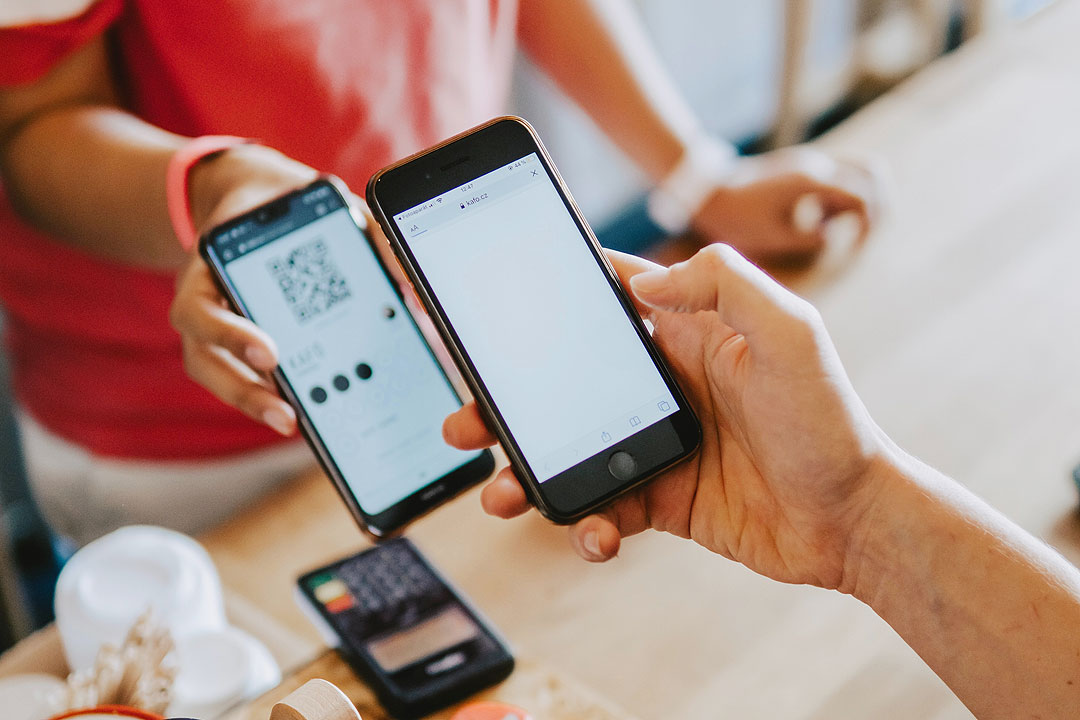
Thinking Beyond Politics
By Victor Andres C. Manhit

Among 10 countries in the Asia-Pacific region, the Philippines saw the most remarkable change in e-cash adaptation during this pandemic.
A survey conducted by research agency YouGov for international cybersecurity firm Kaspersky showed that before COVID-19, Filipino working professionals had the lowest use of digital payment methods at 63% among 10 countries in the Asia-Pacific region that were surveyed. The average in the region was 85%. When the pandemic kicked in, the Philippines registered the highest number of first-time users of digital payment methods at 37%. The average in the region is 15%.
The Philippines is followed by India (23%), Australia (15%), Vietnam (14%), Indonesia and Thailand (both 13%) and Singapore (11%).
The pandemic definitely sparked the fast swing to digital modes of transactions that experts are predicting to become more dominant than cash. Survey respondents from the 10 countries cited various reasons for embracing digital payments: 45% said it allowed them to stick to social distancing. Thirty-six percent said this was the only way to do monetary transactions during lockdowns. Twenty-nine percent believed digital gateways are now more secure than they were before the pandemic.
Ultimately, what do these numbers tell us? What can we do with this information?
First, the data proves that Filipinos are adaptable, and are fast realizing that “fintech” is not a fancy term only for the moneyed and tech-savvy entrepreneurs to use. It is, instead, a powerful productivity tool that is very useful and relevant in our everyday life.
“COVID-19 really accelerated digital adoption among consumers especially in the areas of e-payments and e-commerce,” said Yoly Crisanto, Senior Vice-President, Chief Sustainability Officer and Head of Corporate Communications of Globe, during our recent virtual town hall on digital readiness organized by Stratbase ADRi.
People have now embraced e-payment platforms for buying and selling. Also, the proliferation of applications or digital apps is something that Filipinos are now readily adopting, most especially the micro and small and medium enterprises whose physical outlets were disrupted by these long and recurring lockdowns.
Second, the government and the private sector must foster a stronger partnership in bringing about a digital transformation of all sectors, update obsolete bureaucratic blocks with enabling developmental policies, and seriously invest in digital infrastructure to ensure that users anywhere in the archipelago will enjoy the same quality of connectivity. In short, no one should be left behind.
In the same virtual forum, the Secretary of the Department of Information and Communications Technology (DICT), Gregorio Honasan III, affirmed that his agency’s efforts are “directed toward accelerating digital transformation, beginning with the establishment of actual physical connectivity highways through the National Broadband Network.”
The DICT, even with its grossly inadequate budget, has managed to bring connectivity to unserved and underserved areas, across the country via their Free Wi-Fi for All project and has provided access in public areas, from schools to hospitals, to parks. It has effectively engaged the private sector as partners to accelerate digital transformation initiatives.
Third, people are becoming more mindful of the risk attendant to the increased use of the internet in their professional and personal settings, and these risks should be effectively addressed if we are to continue on this path toward digital readiness.
This attitude, held by survey respondents across the region, is all too familiar. For example, across the Asia-Pacific region, 48% of first-time users fear losing money online while 41% are hesitant to store their financial data online. Some 40% do not trust the security of online payment platforms. Some 26% find fintech troublesome because of passwords, while 25% believe that their mobile devices are not secure enough.
The fear is not unfounded. Kaspersky revealed that the Philippines logged the highest number of banking Trojan attacks in the Asia-Pacific region — 22%. This comes on the heels of widespread adoption of digital banking during the pandemic-induced lockdowns.
As users we usually rely on the developers and providers to build in security features in the apps we use. Cybersecurity experts say that our first line of defense is simply knowing how to behave safely online. Being careful with passwords, financial, and personal information, and using your own personal device when making payments, will already go a long way.
Additional safety habits advised by experts are: updating your software regularly, paying attention to security software alerts, being more suspicious in communication, using complex passwords and two-factor authentication, using hardware digital wallets and diligently following security protocol, and installing a reliable security solution for devices, including for mobile phones.
One thing is clear in all this: Digital readiness is as much about people as it is about tools and technology. The advances in technology, designed to make our lives easier and more productive, must be complemented by a people-centered mindset specifically focused on the users and how they can cope with the dynamic changes while also protecting themselves.
Filipinos are again demonstrating their ability for fast change and innovating with the dynamics of the times regardless of the slow velocity of government. Even as the country needs to catch up with the global pace of digitalization, our people are using what they have and trying to learn as fast as they can on their own. If we are to venture successfully into the emerging digital economic system, our next leaders must be champions of digital transformation as a strategy for recovery, inclusive growth, and global competitiveness.
Victor Andres “Dindo” C. Manhit is the president of the Stratbase ADR Institute.